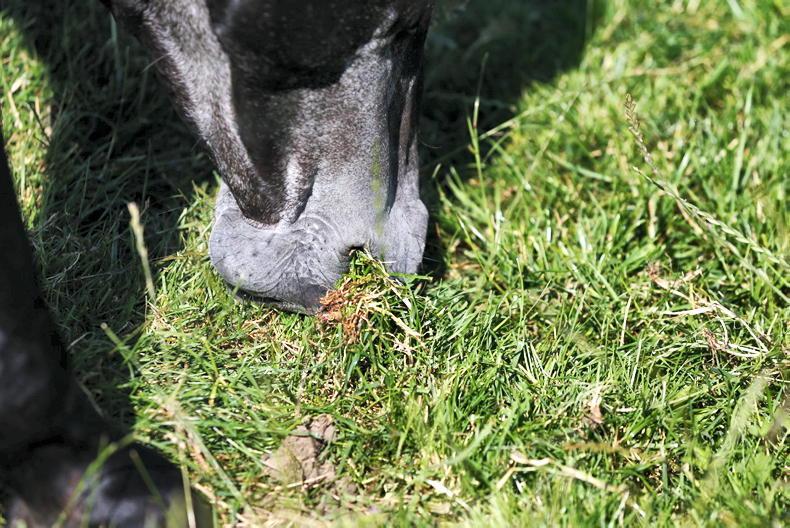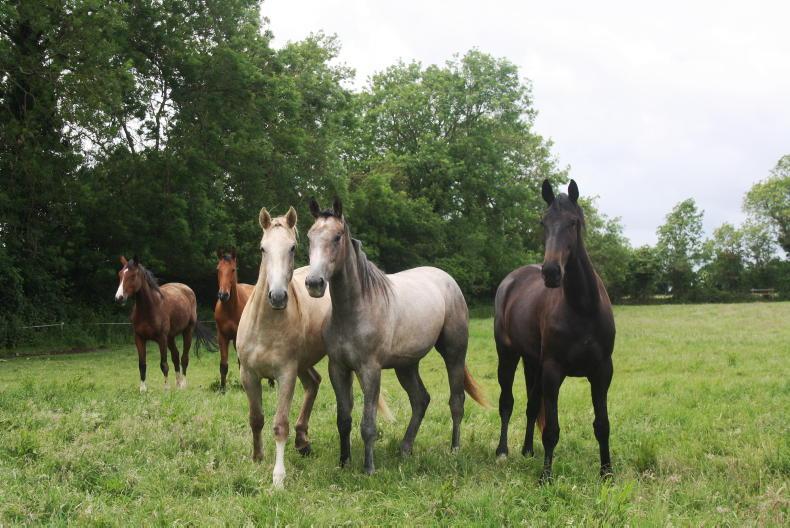THE Five Freedoms were a huge leap forward in the ‘60s. Catchy and concise, we could illustrate animals’ key needs. But ‘change is the only constant’ – everything, including animal welfare science, moves on!
Freedom is a great concept; we seek it in our own lives – the freedom to choose, to vote, to work or go racing today – maybe racing is work for you! These are all framed as positives but one of the problems (in hindsight) with the Five Freedoms is that four are cast as negatives:
They guided us towards what we might do, what we might provide, to keep animals free from unpleasantries. It is the fifth, namely Freedom to express normal behaviour, that increasingly occupied animal welfare scientists in recent years. What does it mean to be a horse? What does a donkey choose to do, when permitted a choice?
Was ‘freedom’ meant to be absolute and at all times? Which of us is entirely and always free from these negatives? If horses experience pain, distress or hunger (et cetera), even if relatively mild or short-lived, might it be said that their welfare is poor? Unrealistic really! What is more important is the balance between positive and negative states over time. If horses’ thirst/illness/anxiety is mild and alleviated fairly rapidly so that they revert to a contented state, well, it might be said that overall their welfare state is pretty positive.
The Five Domains model was developed in the ‘90s. It retains a sense of the Five Freedoms, now represented as four elements, with a combined effect (balancing positive and negative) giving us an overall welfare state. We have:
These contribute to an animal’s overall mental state and welfare status - the Fifth Domain. This model gives increasing recognition to sentience, now broadly established in legislation that governs animal welfare. We recognise that animals are never objects; not ‘its’ but ‘he’, ‘she’ and ‘they’; with needs, wants and feelings. Horses experience happiness as well as distress; content as much as hunger; good as well as poor health.
Some of the above may seem fanciful to some, I know!
So we come to the Three Fs – developed specifically for horses, encapsulating their key needs in practical ways:
Some of these aren’t sensible to provide, or not prevent, at all times for all equids – free and easy inter-breeding for example; forage immediately before racing; bullying at shared feed-troughs et cetera. But with planning, common-sense and commitment we can make our horses’ lives more fulfilling, allow them to live more natural lives; and simply just ‘be horses’.




 This is a subscriber-only article
This is a subscriber-only article
 It looks like you're browsing in private mode
It looks like you're browsing in private mode







SHARING OPTIONS: